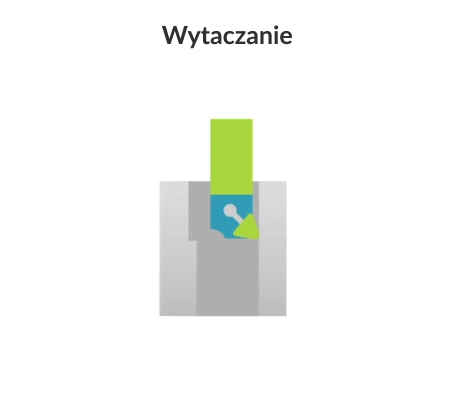Boring is a machining process that involves the subtractive manufacturing of internal surfaces in axisymmetric components or holes using cutting tools known as boring bars or boring tools. During boring, the primary (rotary) motion is performed by the workpiece (boring bar machining) or by the cutting tool (boring tool machining), and the feed motion is performed by the cutting tool.

Boring
pl.
Type of technology
Development phase
Level of innovation
Scale of production
batch, unit
Technology readiness level TRL
Description of the technology
Purpose of use
subtractive manufacturing of internal surfaces in axisymmetric components (e.g. internal re-dimensioning, production of bush grooves), production of internal threads, fine machining of holes
Industry usage
all industries
Alternative technologies
- reaming
- broaching
- grinding
Visualisation of action
Advantages
- versatile technique for the subtractive manufacturing of internal surfaces in axisymmetric components
Disadvantages
- use of machining fluids that are not inert to people and the environment
- significant tooling and fixture costs
- possibility of significant electricity costs (roughing)
Workpiece material types
- all material groups
- ferrous metals
- non-ferrous metals
- non-ferrous metals alloys
- hard materials
- hardened materials
Examples of products
- crankshafts
- camshafts
- pipes
- bolts
- threaded shafts
Implementation of the technology
Required resources
- lathe
- milling or boring machine
- cutting tools
- tooling
- machining fluids (optional)
Required competences
- training in machining and programming of CNC machines
Environmental aspects
Expert evaluation
Development centers
- West Pomeranian University of Technology
- University of Zielona Góra
- Poznan University of Technology
- Opole University of Technology
- Gdańsk University of Technology
Legal conditions
- none
